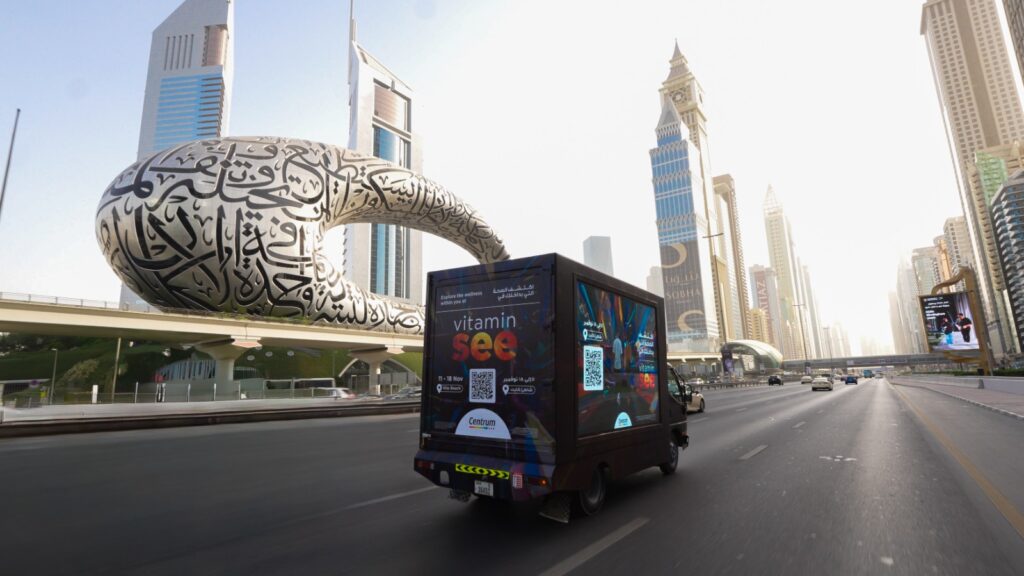
Samer Saad, Regional Manager for the Middle East at AppsFlyer
Today’s customers engage with brands in both the physical and digital realms, but there’s no doubt that it’s the mobile app that’s fast becoming the most important engagement point. Indeed, a recent study shows 84% of UAE businesses regard the mobile app as necessary if they are to remain relevant to their customers.
For companies that aren’t mobile-first, investing in an app can be essential for user and revenue growth, but to achieve this, marketers need to focus on two areas. First, converting existing customers into users of their app, and second, bringing in new customers directly to mobile, both of which rely on brands being able to seamlessly move customers from existing marketing channels towards the app — whether that’s web, email marketing, influencer campaigns, social media, or even out-of-home advertising. After all, any source of friction in the course of the customer journey can result in a drop-off.
So how can marketers reliably steer consumers from non-app channels towards downloads and engagement within their app?
Introducing deep linking
The emerging solution is deep linking, which takes consumers from wherever they are to exactly where you need them to be — whether that’s the app store to download your app, or a specific point in the app if they already have it installed. These deep links can be placed almost anywhere: a social media page, an email, or an SMS. In the physical world, they can be QR codes — on, say, billboards, pizza boxes, or TV ads — that instantaneously transition users from those encounter points to their mobile devices.
This elimination of friction between the first engagement point and the app’s download point (or relevant content page if already installed) is all-important. It is a positive experience for the customer while allowing sales and marketing functions to measure the impact of campaigns more effectively. Indeed, deep linking has been shown to increase conversion rates to as much as five times their previous levels.
From the Web
In Web-to-app conversions, organizations can use pay-per-click campaigns, digital banners, and social media ads to drive users from their mobile web browser to the app. Advertisers can engage with existing and potential customers in a multitude of ways and use past interactions with the website to create personalized experiences that enhance a potential customer’s view of the brand.
Building on this, the web can also present a better medium for making a case for the app and convincing users to download it. Web-to-app conversions are also often cheaper than other advertising channels.
From influencers
Deep linking can also smooth the journey if the user arrives at the app via the persuasion of an influencer. Hepsiburada, one of Turkey’s leading e-commerce brands, wanted to use the power of influencers in its marketing campaigns, as well as track app revenue and orders that originated from each influencer source. This became possible by providing personalized deep links for influencers. The company could then design incentive schemes that rewarded influencers for their volumes of traffic, downloads, and sales.
So, through deep linking, influencer armies suddenly become more manageable and easier to analyze. Influencers can be given the means to drive users to specific product pages, thereby decreasing journey friction and increasing the likelihood of conversion.
From QR codes
Sometimes users will not be online in the classic sense (webpages, social platforms, apps, and so on). They may be driving past a billboard or walking past a shop front. Or watching television. This is where deep linking QR codes can extend the reach of campaigns. They frictionlessly connect users to content from anywhere and are extremely powerful in their ability to provoke curiosity and drive engagement.
Cryptocurrency exchange Coinbase leveraged the massive draw of the US Super Bowl to place a TV ad in millions of living rooms. Implanted in the ad was a floating QR code. The company exploited the massive growth of connected TV (CTV) where over-the-top (OTT) streaming services have been supplanting traditional TV subscriptions for some time. It chose the perfect night to launch its campaign. And it enticed users with the opportunity to seamlessly transport themselves from one device to another through a QR code. The result was more than 20 million hits on Coinbase’s landing page in a single minute.
The route to value
Revenue, loyalty, and lifetime value (LTV) — are what organizations want to boost. Deep linking enhances the overall app experience, which has a direct influence on the engagement levels needed to drive all these things. Deep linking juices up campaigns across every major channel, including email, social media, mobile web, and QR codes. Tangible, lasting value is the result.






